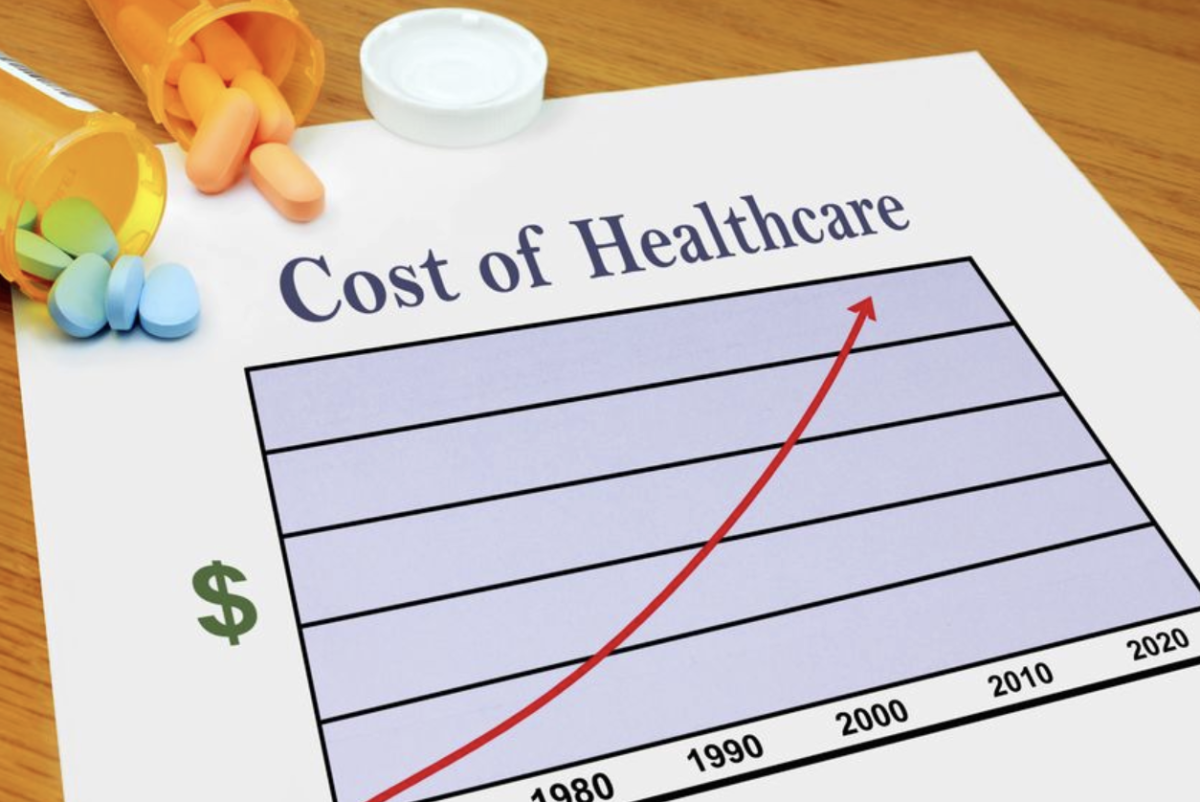
As the 2026 Affordable Care Act (ACA) open enrollment period begins on November 1, millions of Americans could face the steepest premium hikes in years.
For many, this renewal season won’t just determine coverage; it could decide how far their budgets stretch next year. So before open enrollment kicks off, here’s what’s fueling the surge and how you can prepare before prices take off.
Why Are Premiums Set to Skyrocket?
The heart of the issue is a political tug-of-war in Washington, DC. For the past few years, many Americans have benefited from “enhanced subsidies”—extra financial help from the government that made ACA health plans more affordable. These subsidies were first expanded during the pandemic and then extended through the end of 2025 by the Inflation Reduction Act. But unless Congress acts fast, those enhanced subsidies will expire on December 31, 2025.
The problem? Congress is at a standstill. Democrats want to renew the enhanced subsidies to keep health insurance affordable, while Republicans are holding out for changes to the ACA before they’ll even consider an extension. And with the government shutdown dragging on (now the second longest in US history), a quick fix seems unlikely.
What Does This Mean for You?
If the enhanced subsidies expire, the financial assistance that millions of Americans rely on will shrink—sometimes dramatically. Here’s what experts and state officials are warning:
Idaho: Without the extra help, the average out-of-pocket premium could jump by $1,200 a year—a whopping 75% increase.
Washington State: Net premiums for those who depend on enhanced subsidies could spike by 65%.
California: Monthly premiums could nearly double, with an average increase of 97%.
Nationwide: Up to 17 million Americans who buy insurance through Healthcare.gov could see their premiums rise by 30% on average, according to The Washington Post.
Overall: The average consumer could pay $1,904 more in annual premiums in 2026 if Congress doesn’t act, says the Kaiser Family Foundation.
And it’s not just about higher bills. When insurance gets too expensive, healthier people tend to drop their coverage, leaving a smaller, sicker pool of customers. That drives costs up even more for everyone else—a vicious cycle that could destabilize the entire ACA marketplace.
Also read: The hidden trade-off: Why your Medicare Advantage plan could limit your choice of doctors
Why Is This Happening Now?
You might be wondering: If the subsidies don’t expire until the end of 2025, why is this year’s open enrollment such a big deal? The answer is timing. Insurance companies and state marketplaces must set their rates months in advance, assuming the enhanced subsidies will disappear. That means the prices you see during this open enrollment period already reflect the expectation of less government help.
And while Congress could, in theory, swoop in at the last minute and extend the subsidies, experts warn that it’s too late for any major changes to be implemented smoothly for 2026 coverage.
"The later it is, and the more different than it is from the structure that we have today, the longer it will take, the more burdensome it will be to marketplaces and consumers, and the more messy it will be."
What Happens Next And What You Can Do
If you're shopping for ACA coverage: Open enrollment runs from November 1, 2025, through January 15, 2026. Even with the uncertainty, experts recommend shopping and enrolling, as Congress could still extend the subsidies retroactively.
If you have employer coverage: This doesn't directly affect you, but employer premiums are also rising due to broader healthcare inflation.
If you're on Medicare: You're largely insulated from this specific issue, but it's worth understanding how it affects the broader healthcare system and your family members.
Also read: The overlooked Social Security benefit that could help your family today
Essential actions for open enrollment season
- Shop and compare plans even with higher premiums—you must enroll to maintain coverage
- Consider different plan types (bronze, silver, gold) as relative costs may have shifted
- Look for plans with providers you prefer, as networks may have changed
- Remember that Congress could extend subsidies retroactively, potentially lowering your costs later
- Don't skip coverage—medical emergencies don't wait for political solutions
The current debate in Washington isn’t just about numbers on a spreadsheet. It’s about whether millions of Americans will be able to afford the care they need. As Devon Trolley, executive director of Pennsylvania’s insurance exchange, put it: “The earlier the decision could be made, the more certainty we would have, the more stability for the market.”
If you’re feeling frustrated or anxious, you’re not alone. Many state officials and health experts are warning that, without action, the “sticker shock” will be real—and some Americans may decide to go without insurance altogether. That’s a risk none should have to take.
Read next:
- Lawmakers push new bill to keep SNAP payments flowing through November
- Experts warn of rising insurance bills as the “Care Act” nears its end
- Could your SSDI benefits be affected? What’s being discussed and what to know
Have you already checked your 2026 health insurance rates? Are you worried about affording coverage next year? Do you have tips for navigating open enrollment or stories about how the ACA has helped (or hurt) you?






